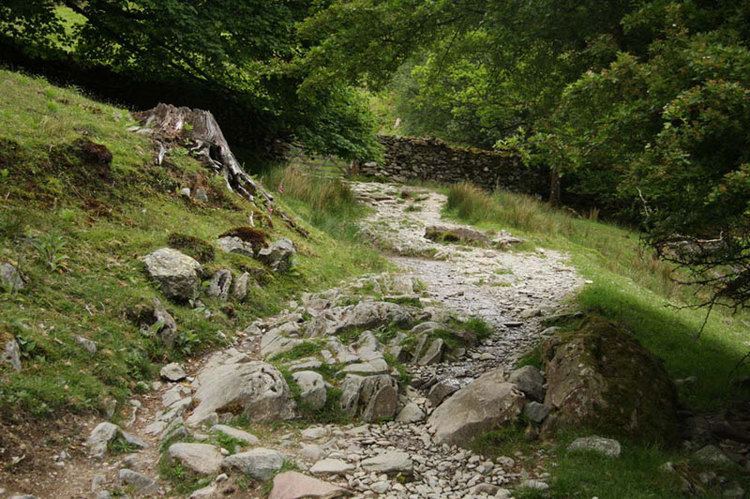 | ||
P friz rough paths ihp 06 10 2014 part 1
In stochastic analysis, a rough path is a generalization of the notion of smooth path allowing to construct a robust solution theory for controlled differential equations driven by classically irregular signals, for example a Wiener process. The theory was developed in the 1990s by Terry Lyons. Several accounts of the theory are available.
Contents
- P friz rough paths ihp 06 10 2014 part 1
- Terry lyons university of oxford rough paths hopf algebras and chinese handwriting
- Motivation
- Definition of a rough path
- Universal limit theorem
- Brownian motion
- Fractional Brownian motion
- Non uniqueness of enhancement
- Stochastic differential equations driven by non semimartingales
- FreidlinWentzells large deviation theory
- Stochastic flow
- Controlled rough path
- Example Lip function
- Integral of a controlled path is a controlled path
- Solution to controlled differential equation is a controlled path
- Signature
- Kernel of the signature transform
- Infinite dimensions
- References
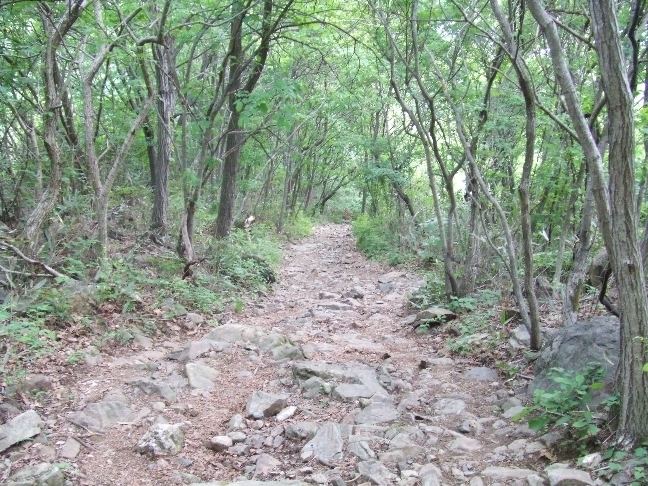
Rough path theory is focused on capturing and making precise the interactions between highly oscillatory and non-linear systems. It builds upon the harmonic analysis of L.C. Young, the geometric algebra of K.T. Chen, the Lipschitz function theory of E.M. Stein and core ideas of stochastic analysis. The concepts and the uniform estimates have widespread application in pure and applied Mathematics and beyond. It provides a toolbox to recover with relative ease many classical results in stochastic analysis (Wong-Zakai, Stroock-Varadhan support theorem, construction of stochastic flows, etc) without using specific probabilistic properties such as the martingale property or predictability. The theory also extends Ito's theory of SDEs far beyond the semimartingale setting. At the heart of the mathematics is the challenge of describing a smooth but potentially highly oscillatory and multidimensional path
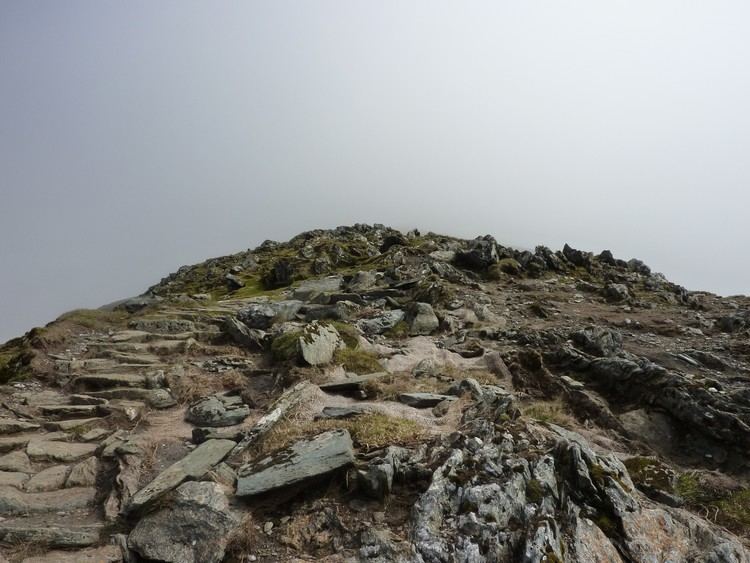
Martin Hairer used rough paths to construct a robust solution theory for the KPZ equation. He then proposed a generalization known as the theory of regularity structures for which he was awarded a Fields medal in 2014 .

Terry lyons university of oxford rough paths hopf algebras and chinese handwriting
Motivation
Rough path theory aims to make sense of the controlled differential equation
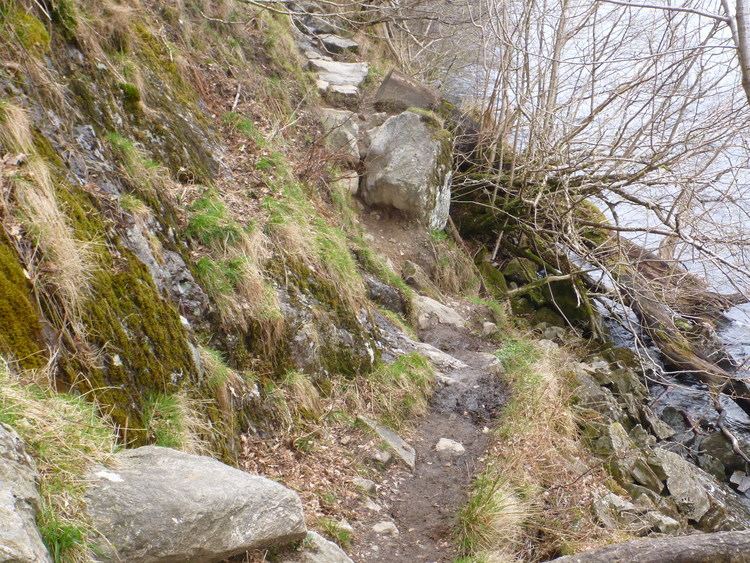

where the control, the continuous path
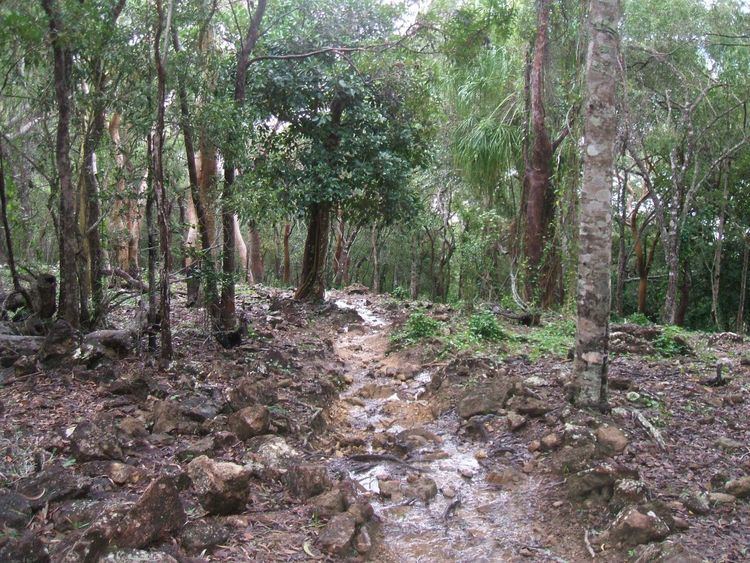
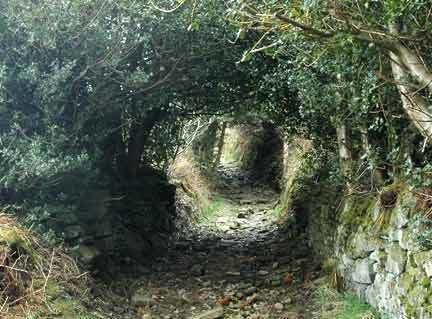
then
In fact, rough path theory can go far beyond the scope of Itô and Stratonovich calculus and allows to make sense of differential equations driven by non-semimartingale paths, such as Gaussian processes and Markov processes.
Definition of a rough path
Rough paths are paths taking values in the truncated free tensor algebra (more precisely: in the free nilpotent group embedded in the free tensor algebra), which this section now briefly recalls. The tensor powers of
Let
where the supremum is taken over all finite partitions
A continuous function
converges in the
Universal limit theorem
A central result in rough path theory is Lyons' Universal Limit theorem. One (weak) version of the result is the following: Let
Suppose that
and let
Then
Moreover,
driven by the geometric rough path
Concisely, the theorem can be interpreted as saying that the solution map
Brownian motion
Let
is a
Fractional Brownian motion
More generally, let
converges almost surely in the
Non-uniqueness of enhancement
In general, let
is a
for sufficiently regular vector fields
Note that every stochastic process (even if it is a deterministic path) can have more than one (in fact, uncountably many) possible enhancements. Different enhancements will give rise to different solutions to the controlled differential equations. In particular, it is possible to enhance Brownian motion to a geometric rough path in a way other than the Brownian rough path. This implies that the Stratonovich calculus is not the only theory of stochastic calculus that satisfies the classical product rule
In fact any enhancement of Brownian motion as a geometric rough path will give rise a calculus that satisfies this classical product rule. Itô calculus does not come directly from enhancing Brownian motion as a geometric rough path, but rather as a branched rough path.
Stochastic differential equations driven by non-semimartingales
Rough path theory allows to give a pathwise notion of solution to (stochastic) differential equations of the form
provided that the multidimensional stochastic process
There are many examples of Markov processes, Gaussian processes, and other processes that can be enhanced as rough paths.
There are, in particular, many results on the solution to differential equation driven by fractional Brownian motion that have been proved using a combination of Malliavin calculus and rough path theory. In fact, it has been proved recently that the solution to controlled differential equation driven by a class of Gaussian processes, which includes fractional Brownian motion with Hurst parameter
Freidlin–Wentzell's large deviation theory
Let
Let
Let
where
The Freidlin Wentzell's large deviation theory aims to study the asymptotic behavior, as
The Universal Limit Theorem guarantees that the Itô map sending the control path
This strategy can be applied to not just differential equations driven by the Brownian motion but also to the differential equations driven any stochastic processes which can be enhanced as rough paths, such as fractional Brownian motion.
Stochastic flow
Once again, let
has a unique solution in the sense of rough path. A basic question in the theory of stochastic flow is whether the flow map
outside a null set independent of
The Universal Limit Theorem once again reduces this problem to whether the Brownian rough path
outside a null set independent of
In fact, rough path theory gives the existence and uniqueness of
As in the case of Freidlin–Wentzell theory, this strategy holds not just for differential equations driven by the Brownian motion but to any stochastic processes that can be enhanced as rough paths.
Controlled rough path
Controlled rough paths, introduced by M. Gubinelli, are paths
can be defined for a given geometric rough path
More precisely, let
Given a
on
and
Example: Lip(γ) function
Let
where
is a
Integral of a controlled path is a controlled path
If
is defined and the path
is a
Solution to controlled differential equation is a controlled path
Let
Define
where
is a
Signature
Let
The signature of a path is defined to be
The signature can also be defined for geometric rough paths. Let
converges in the
converges as
The signature satisfies the Chen's identity, that
for all
Kernel of the signature transform
The set of paths whose signature is the trivial sequence, or more precisely,
can be completely characterized using the idea of tree-like path.
A
where
A geometric rough path
Given the signature of a path, it is possible to reconstruct the unique path that has no tree-like pieces.
Infinite dimensions
It is also possible to extend the core results in rough path theory to infinite dimensions, providing that the norm on the tensor algebra satisfies certain admissibility condition.
